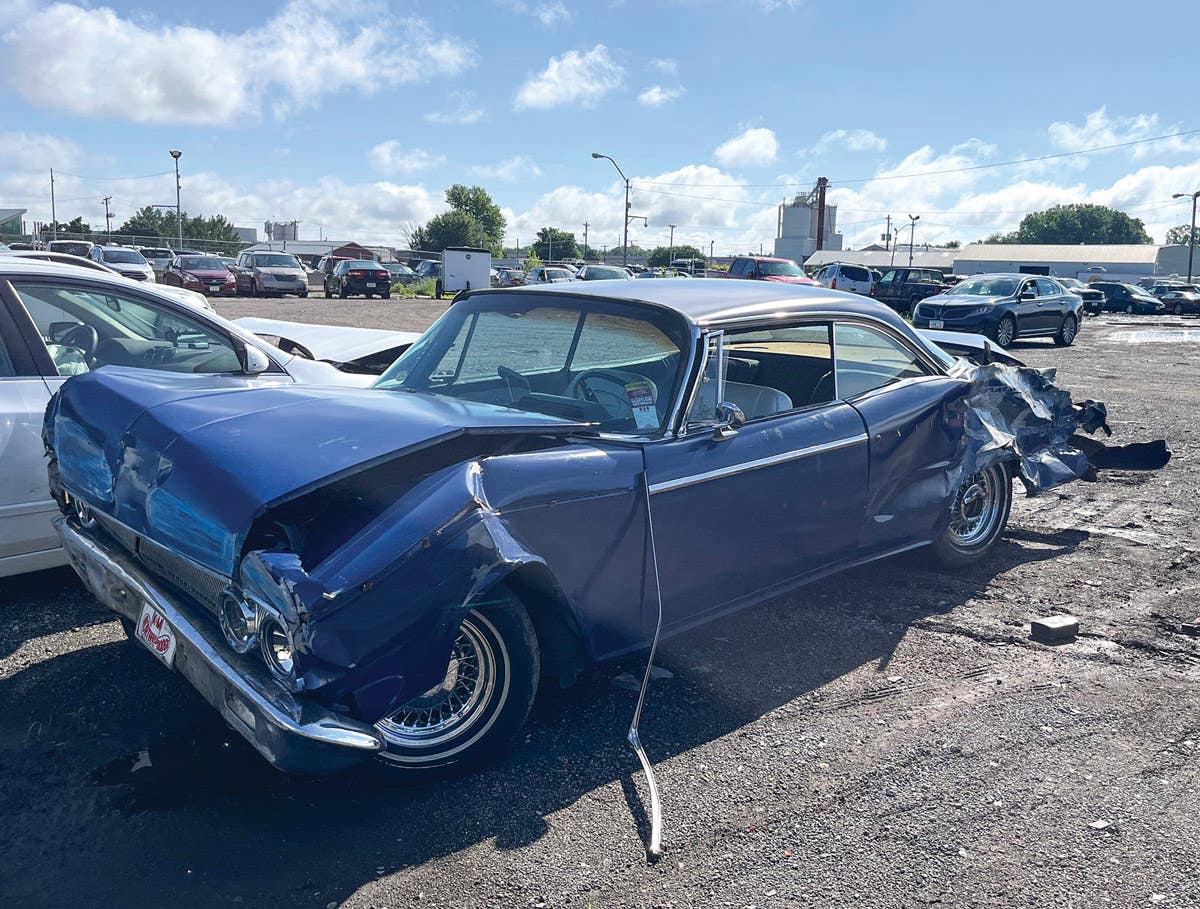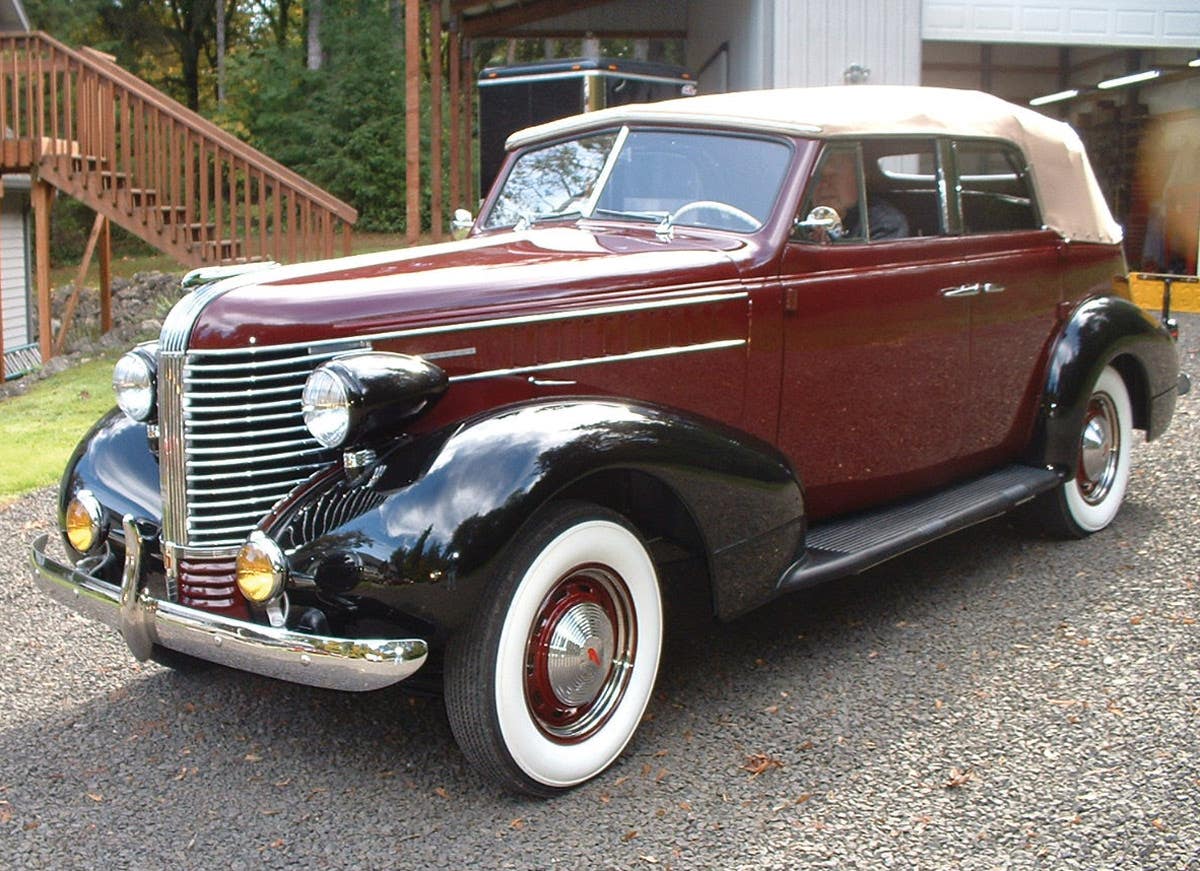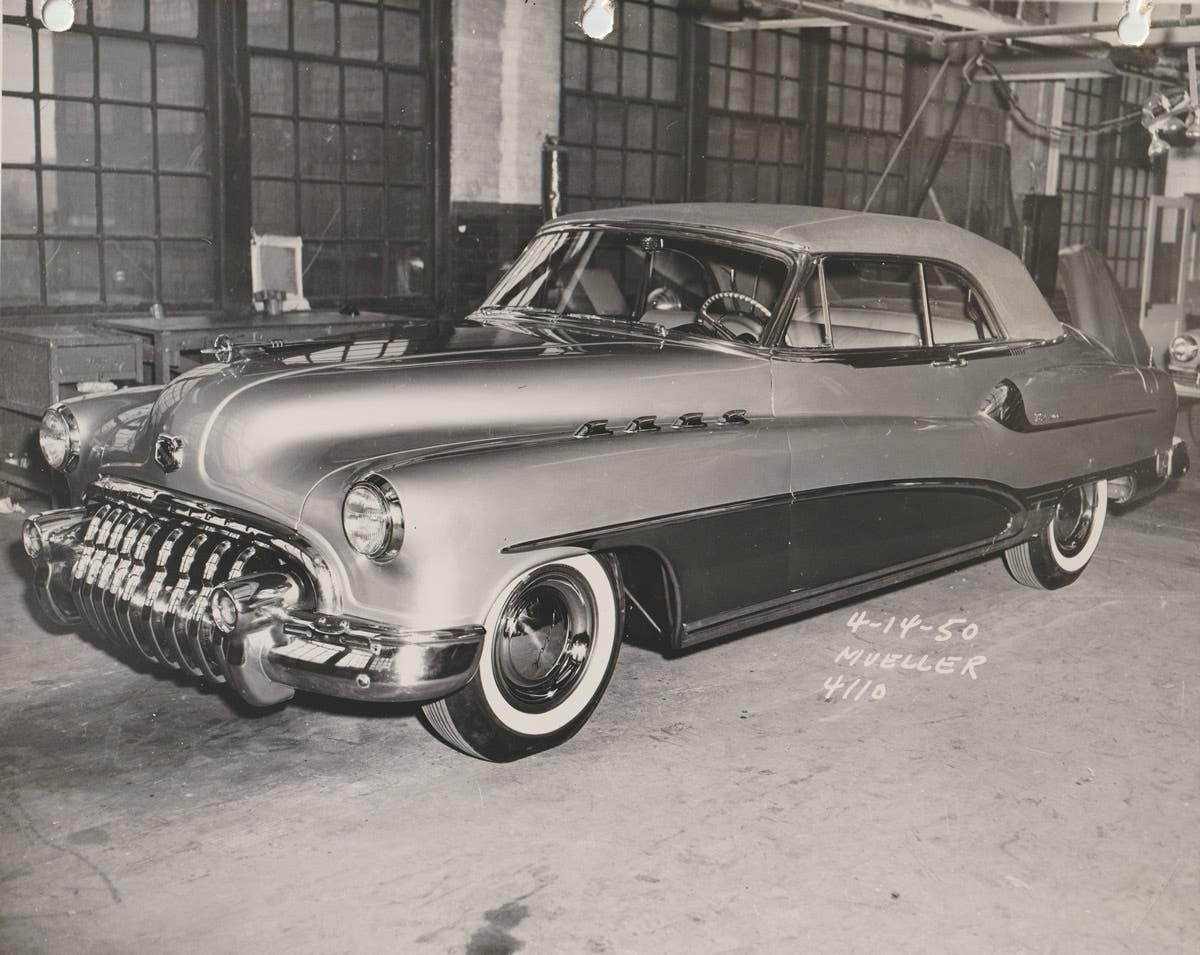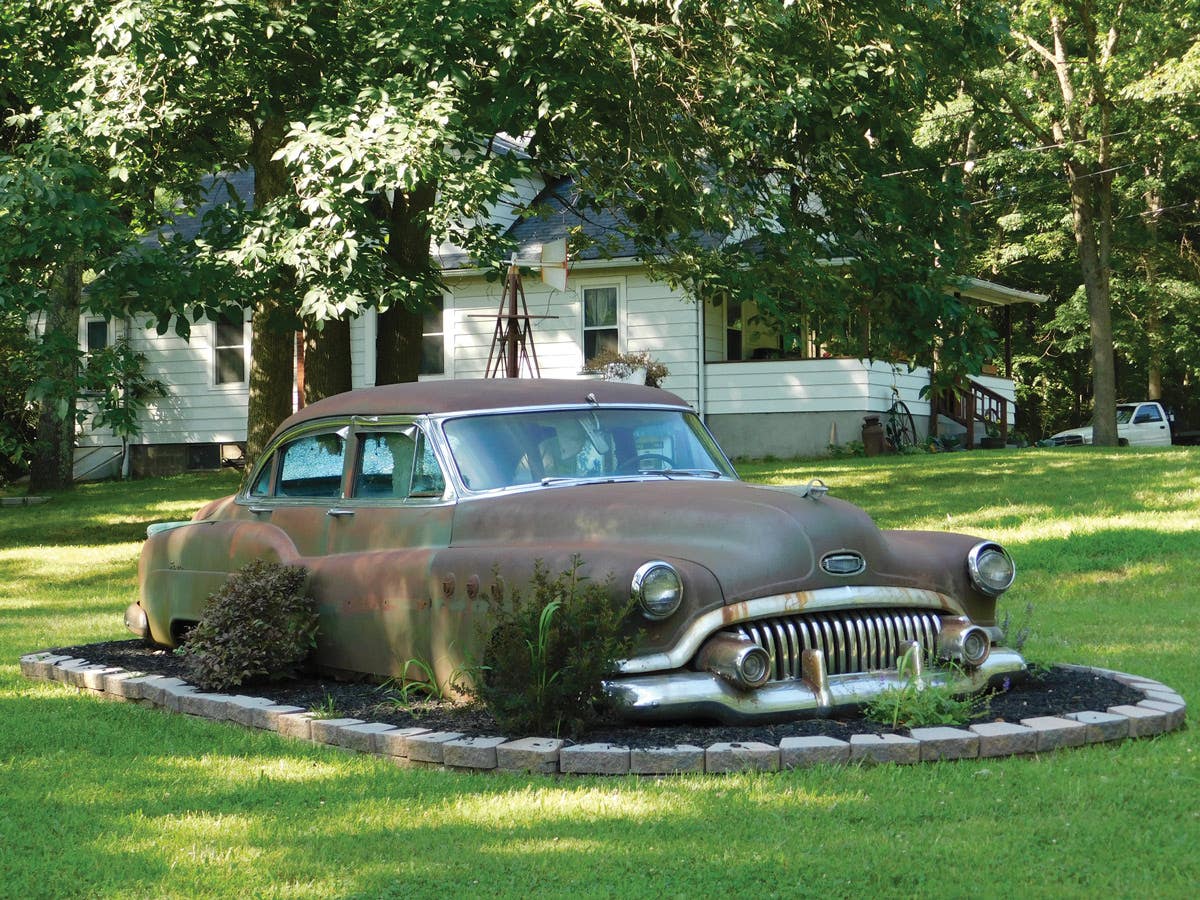Last weekend the Daily Telegraph in the United Kingdom published a photo of what could be Britain’s first electric car.
The 1884 photo, belonging to Graham Parker, 76, shows Parker’s great-grandfather and inventor, Thomas Parker, riding atop the car. (Click here to view photo)
Thomas Parker was a prolific inventor and had claimed he had invented the electric car, but his interests soon led in other directions, in particular trams and tramways. He is credited with electrifying the London Underground trains and overhead trains in the cities of Liverpool and Birmingham.
He also had a hand in refining car batteries for petrol-powered models and claimed to have invented the spark plug, monoblock engine and the carburetor.
He died in December 1915.
Although Parker did not pursue the electric car very far, others did. Here in the United States there were a number of companies that tried electric. Photos from some of the more significant names (but by no means a complete list) found in the Old Cars Weekly archives include Columbia, Detroit Electric and Rauch & Lang, all featured here.
1902 Columbia
Columbia (1897-1913), Hartford, Conn., was started as Pope Manufacturing for the production of bicycles. In 1896, they were confident enough of their first electric to organize a company around it. They manufactured several hundred electrics and some gasoline carriages in the two years that followed. In 1899, with the Electric Vehicle Company as a holding company, Columbia built electric taxicabs for service in America’s major cities. Electric Vehicle, however, owned the Selden patent for gasoline automobiles and decided that the patent was a more financially lucrative. Seeking to enforce it, they demanded royalties from every gasoline car manufacturer in the U.S. A maverick in Detroit named Henry Ford refused, and a lawsuit ensued. It was settled in favor of the gasoline car manufacturers. Gradually through the years, the ratio of Columbia gasoline to electrics moved in favor of gasoline. In 1907-09 a hybrid gas-electric was produced. But 1913, the end came for the production of all Columbias.
1907 Detroit Electric Runabout
Detroit Electric (1907-c.1939), Detroit, Mich. The first Detroit was designed by George M. Bacon and first manufactured in 1907. It was renamed the Anderson Electric Car Company in 1911. Despite excellent results in endurance runs, the company insisted the product was not a touring car, though it would “take you anywhere that an automobile may go with a mileage radius farther than you will ever care to travel in a day.” Again the company was renamed in 1919, the Detroit Electric remained one of the few in the declining field of electrics. In the wake of the Great Depresssion, production plummeted and was curtained to an individual-order basis by the end of 1929. It disappeared all together sometime before World War II.
1908 Rauch & Lang Victoria
Rauch & Lang Electric (1905-1920) Cleveland, Oh; (1920-1932) Chicopee Falls, Mass. Rauch & Lang carriages were among the best known and most expensive. After producing for another company, Rauch & Lang developed its own electric in 1905. An open Stanhope was its first effort, followed by coupes and depot wagons. Production the first year was 50, but climbed to 500 in 1908, and with unmet demand. In 1922, the company entered into the taxicab field with the production of both electric and gasoline versions. It was their mainstay through the Twenties. Shortly before the Wall Street crash, an experimental 60 hp gas-electric was developed in collaboration with General Electric Company. At least three were built. The company struggled on for a few more years with truck and bus manufacturing at its Chicopee location before dying.
Historical Source: “3rd Edition, The Standard Catalog of American Cars, 1805-1942” by Beverly Rae Kims and Henry Austin Clark, Jr.
CLICK HERE to tell us what you think in the Old Cars Weekly forum







